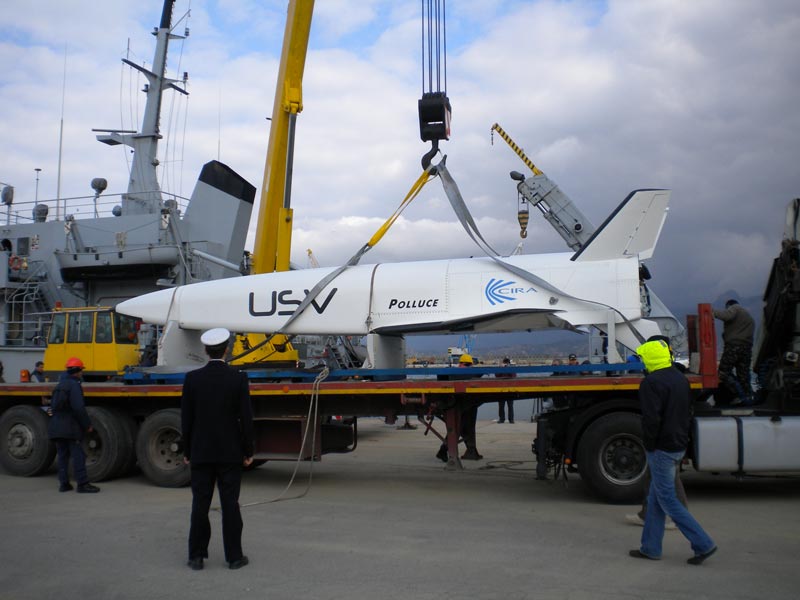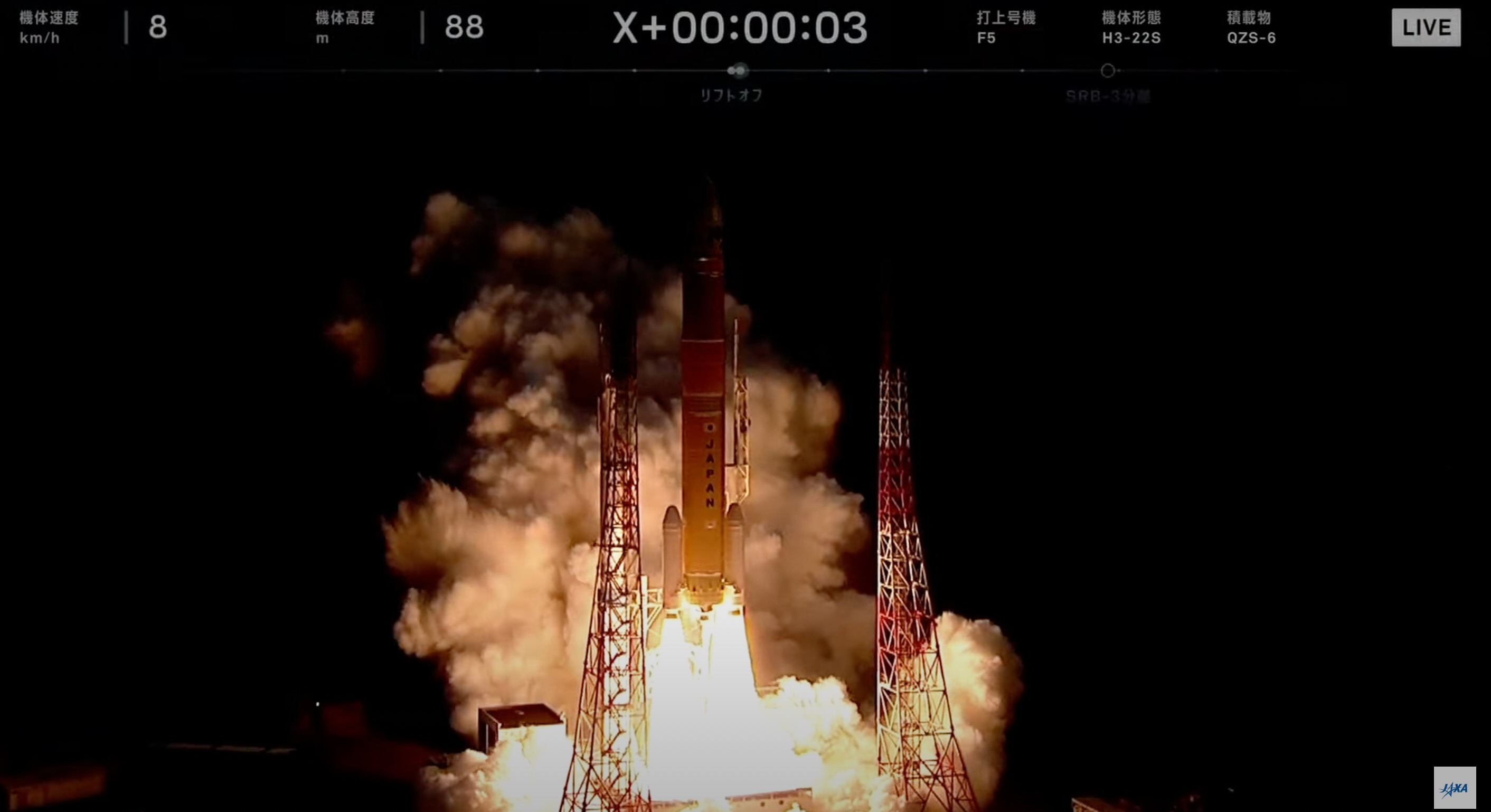High-Tech Space Planes Taking Shape in Italy, Russia

The U.S. Air Force's secretive X-37B space plane may eventuallyget some company in low-Earth orbit as other countries such as Italy and Russiapush forward with plans for their own reusable winged spaceships.
Italy's prototypespace plane, named Pollux, successfully carried out high-speed maneuversthat slowed it down from a falling speed of Mach 1.2 during a test flight in April.More recently, Russia has begun considering whether to revive a Cold War era,air-launched mini-shuttle in response to the U.S. X-37Bspace plane debut.
Such efforts may not immediately lead to full-fledgedoperational flights. But in the case of the Italian Center for AerospaceResearch (CIRA) in Capua, Italy, aerospace engineers hope to provide cruciallessons for future space planes, such as how to pull off autonomous re-entry andsurvive the return trip through Earth's atmosphere.
"Everybody knows about the unmanned X-37B flight, butnobody knows if it will re-enter with an autonomous modality," saidGennaro Russo, CIRA's Space Programs lead and USV (Unmanned Space Vehicles)program manager. [Video:X-37B space plane spotted.]
The Russian MAKS system represents a more complete spaceplane system that's not unlike the X-37B. But there's no word as to how or whena resurrected MAKS mini-shuttle might fly.
Italy aims for hypersonic
Pollux might lack an engine and all the other advancedtechnology riding aboard X-37B, but it has helped push understanding of the physicalstress and control requirements of space planes that want to land in one piece.
Breaking space news, the latest updates on rocket launches, skywatching events and more!
The prototype space plane rode up to a drop altitude ofabout 15 miles (24 km) aboard a stratospheric balloon on April 11. The dropallowed it to reach a speed of just over Mach 1.2 and simulate the final partof a reentry trajectory.
A series of complex, pre-programmed maneuvers over thecourse of 140 seconds tested the vehicle's limits and slowed its speed down toabout Mach 0.2, so that a parachute could deploy for the eventual splashdown inthe Mediterranean Sea.
That success built on an earlier test flight by aless-advanced twin to Pollux, the engineless prototype spacevehicle named Castor, which reached a top speed of Mach 1.08 back in March2007. All the results will help in designing future space planes and plan foradditional Pollux tests, Russo said.
"My feeling is that we will look for deepening theunderstanding of the vehicle behaviors within its operating envelope, and thismeans going towards its possible maximum Mach number (1.8) as well asimplementing further autonomy in the control laws with eventually more complexmaneuvers," Russo told SPACE.com.
A dropped supersonic test flight that pushes Mach 1.8 iscurrently scheduled for the last quarter of 2011, but final confirmationdepends on the availability of Italian government funding.
Still, Italy's CIRA is already looking beyond even that testto a future air-breathing vehicle that could push hypersonic speeds around Mach8. CIRA has already signed on with the University of Queensland and Australia'sDepartment of Defense to collaborate on the effort.
Such a test would use a rocket launcher similar to the oneused by the Hypersonic International Flight Research Experimentation (HiFIRE)project, a joint program between the U.S. and Australia. It would also involvea smaller vehicle just less than 4 feet (1.2 meters) long, compared to the30-foot (9.1-meter) length of Pollux.
Reviving a Russian mini-shuttle
Meanwhile, Russia may be dusting off plans for its reusablemultipurpose aerospace system (MAKS), according to a report by the Russianstate news agency ITAR-TASS.
"An airplane carrier is to be used as the firststage," said Vladimir Skorodelov, a designer for the NPO Molniya, duringan ITAR-TASS interview. "So, the system is more capable andpowerful than the US one."
The first stage of the MAKS system involves an An-225 MRIAaircraft that carries a reusable orbital vehicle and a fuel tank on its back,as detailed on the NPO Molniya website. The reusable orbital vehicle couldcarry two people.
By contrast, the U.S. Air Force's X-37Bspace plane launched vertically aboard an Atlas 5 rocket.
Besides the MAKS-OS configuration, a MAKS-T configurationwould deliver an orbital payload of up to 18 tons and a fuel tank, rather thanlaunch a reusable orbital vehicle. A MAKS-M configuration would do away with anexternal fuel tank and simply launch an advanced version of an unmannedreusable orbital vehicle.
A MAKS system could deliver 1 kilogram of cargo into orbitfor $1,000 or $2,000, compared to the U.S. space shuttle's delivery cost of$20,000 for the same weight, according to ITAR-TASS. The Russian newsagency added that Russian experts want to see the "national'mini-shuttle'" launch.
Making a true space plane
Just how quickly more space planes get aloft remainsuncertain. There has not been any lack of interest in such vehicles, whichcoincides in part with the final space shuttle missions taking place over thenext half-year or so.
In 2009, the European Space Agency and British governmentkicked off their own futuristic space plane effort in by awarding $1 millioneuros ($1.28 million dollars) to Reaction Engines Limited (REL), a Britishaerospace company, to develop an air-breathing rocket engine. The engine isintended to power the unpiloted, reusable Skylonspace plane.
The Skylon has the ambitious goal of combining anair-breathing and rocket engine into a hybrid engine, so that it couldtheoretically take off and land from the same airstrip. Neither the X-37B northe Russian MAKS system will fulfill that futuristic dream of space planestaking off and landing by themselves just yet.
Still, hypersonic tests being carried out by the U.S. andAustralia, as well as future tests planned by Italy, do perhaps point to theday when space planes won't need to hitch a ride aboard rockets or carrierplanes.
? Gallery- The Air Force's X-37B Space Plane
? MostDangerous Space Weapon Concepts Ever
? Video- Secret X-37B Space Plane Revealed in Flight
Jeremy Hsu is science writer based in New York City whose work has appeared in Scientific American, Discovery Magazine, Backchannel, Wired.com and IEEE Spectrum, among others. He joined the Space.com and Live Science teams in 2010 as a Senior Writer and is currently the Editor-in-Chief of Indicate Media. Jeremy studied history and sociology of science at the University of Pennsylvania, and earned a master's degree in journalism from the NYU Science, Health and Environmental Reporting Program. You can find Jeremy's latest project on Twitter.
